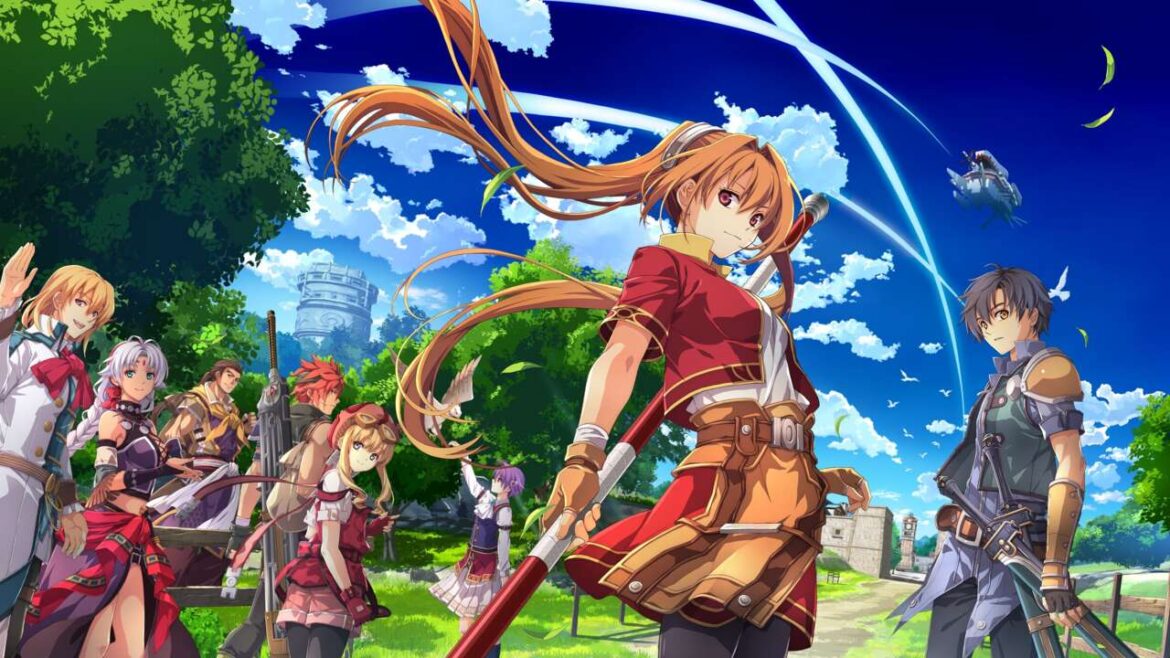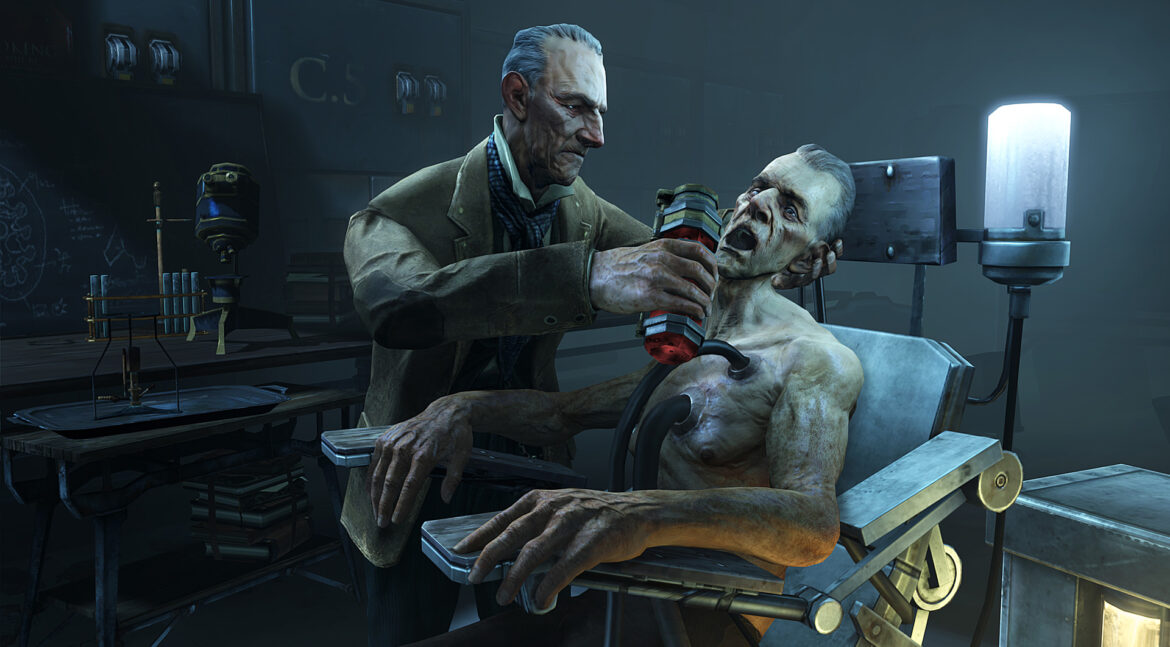Following an explosive rally of 320% at the beginning of the year, it seemed that XRP’s outperformance of Bitcoin had come to an end. Currently, one XRP token is estimated to be worth 0.00002541 BTC, which is 25.81% below its peak value.
For many, this marked the end, but Bollinger Bands support the opposite thesis — and they do so on the weekly timescale. XRP has just defended its mid-band versus Bitcoin on the weekly chart, making the scenario of testing the higher band at 0.000026 BTC more probable for now.
This would be 16% higher than the current price.
XRP/BTC on Binance by TradingView
It is all about chart mechanics. When a pair holds the weekly mid-band, it signals not collapse but the possibility of reaching the top band. That’s what’s on the table now: 0.000026 as the next target price.
Had the defense failed, the conversation would already be about 0.000021, but it didn’t. The ratio stayed alive.
XRP, Bitcoin and dollar
In the meantime, Bitcoin is trading at six-figure prices and Ethereum is holding at around $4,000. However, none of this explains why XRP at $2.78 is such a big deal. The ratio does.
Traders who only look at the dollar chart miss the fact that XRP has a clean 16% gap above it before resistance even shows up. The whole play is this: The mid-band held, the upper band is in sight.
If XRP/BTC breaks into that zone, it won’t just be a random candle. It will be the first serious confirmation in months that this pair is alive and well. The weekly bands are already pointing the way.



